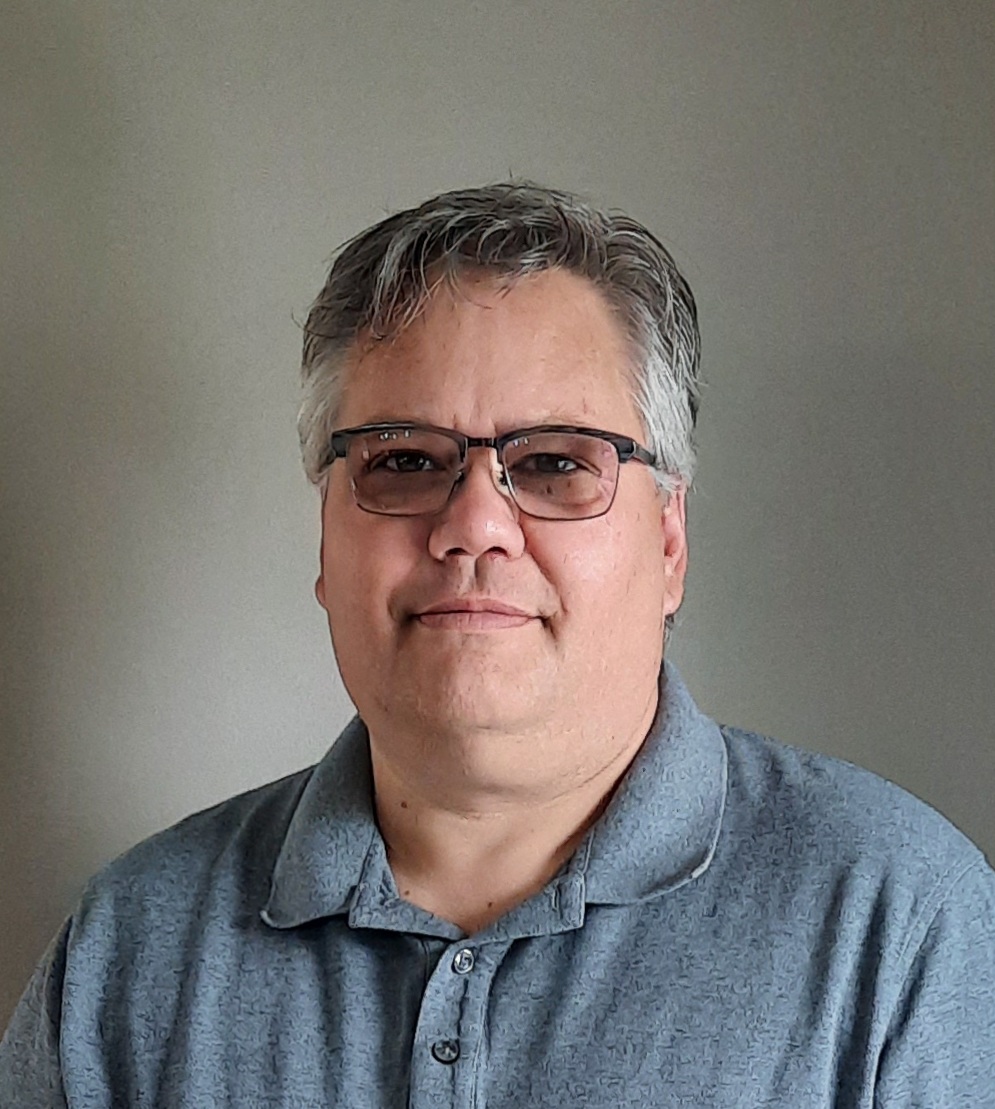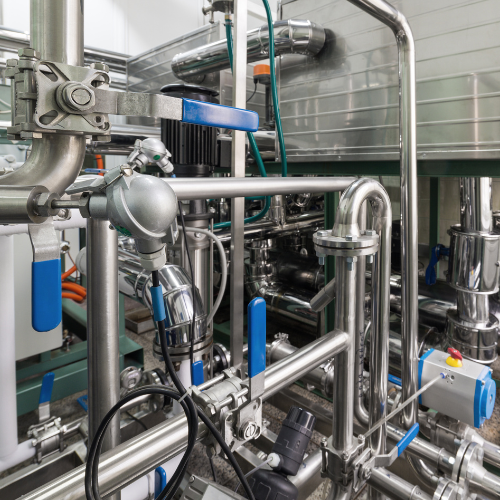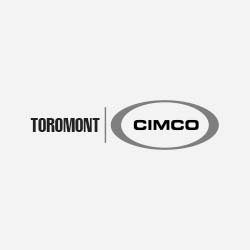Prior to COVID-19, air quality probably wasn’t something you spent a lot of time thinking about. One of the reasons for that is that we can’t actually see the impurities and contaminants that may be harmful to human health, such as carcinogens, bacteria, viruses and molds. But with many of us returning to offices and resuming recreational activities like dining in restaurants, going to movie theatres and gyms, air quality is top of mind for many of us. As the pandemic continues, and we're faced with new variants, and a vulnerable unvaccinated population at risk, it’s more important than ever that the buildings and spaces we use and occupy require proper ventilation and filtration in order to keep everyone safe.
Office Buildings: The Next Chapter
Because of the pandemic, many building owners, operators and occupants recognize the need to prioritize indoor air quality in order to stop the spread of COVID-19. This is good news, because historically air quality and ventilation haven’t been prioritized; many buildings cut costs by sourcing and purchasing cheaper filters, and neglect coil cleanliness. Inadequate filter specifications, and a lack of training and education have also been a concern. Currently, air quality standards are designed to meet a bare minimum, and in many cases this minimum standard isn’t being met. Here’s why that needs to change:
COVID-19
We know that airborne transmission of SARS-CoV-2 (the virus that causes COVID-19) is significant and needs to be controlled. According to the American Society of Heating, Refrigerating and Air-Conditioning Engineers (ASHRAE), changes to building operations, including the operation of heating, ventilating, and air-conditioning systems, can reduce the airborne concentration of SARS-CoV-2 and thus the risk of transmission through the air.
SICK BUILDINGS
A building with inadequate filtration and ventilation can become what is known as a sick building. According to the Environmental Protection Agency (EPA), sick building syndrome (SBS) is defined as “a set of symptoms that affect some number of building occupants during the time they spend in the building and diminish or go away during periods when they leave the building,” such as eye, nose, and throat irritation, headaches, dizziness, or difficulty concentrating.
EMPLOYEE PERFORMANCE
Not only does better air quality reduce the spread of COVID-19, it improves working conditions overall. In fact, according to research led by Harvard’s T.H. Chan School of Public Health, air quality within an office can have significant impacts on employees’ cognitive function and productivity.
Not All Filters Are Created Equal And Other Things To Keep In Mind
By nature of their design, air filters allow air and small particulate to pass through. The level of particulate captured is referred to as the MERV rating of a filter. The higher the MERV rating, the higher the capture percentage of smaller particles. With this in mind, select and install your filter accordingly.
No, you can’t throw a high efficiency particulate air (HEPA) filter in the system and call it a day. Your building system has limitations which requires a customized approach. In other words, your filtration needs to perform within the design parameters of your system. Filters are designed to protect people, processes, environment and equipment. Selecting filters should be a tailored solution, rather than a one-size-fits-all approach.
Every system is different, in fact each one is designed to operate within a certain set of design parameters such as filter efficiency, filter depth, operating pressure (inches water gauge), and size constraints. Fans and motors are only able to operate up to a certain degree of air resistance before costs become extreme or equipment fails.
Air handlers are confined spaces, and are often an incubator for viruses, bacteria, mold and fungi. Treat these areas as hazardous spaces and develop a clear hazard assessment and safe work procedure.
Upgrades aren’t always expensive. Sometimes costs are minimal, and they far outweigh the health costs that come from an inadequate system.
There is a right way and a wrong way to install, monitor and maintain your filters and system. Contracting a professional ensures you get it right the first time.
By nature of their design, air filters allow air and small particulate to pass through. The level of particulate captured is referred to as the MERV rating of a filter. The higher the MERV rating, the higher the capture percentage of smaller particles. With this in mind, select and install your filter accordingly.
No, you can’t throw a high efficiency particulate air (HEPA) filter in the system and call it a day. Your building system has limitations which requires a customized approach. In other words, your filtration needs to perform within the design parameters of your system. Filters are designed to protect people, processes, environment and equipment. Selecting filters should be a tailored solution, rather than a one-size-fits-all approach.
Every system is different, in fact each one is designed to operate within a certain set of design parameters such as filter efficiency, filter depth, operating pressure (inches water gauge), and size constraints. Fans and motors are only able to operate up to a certain degree of air resistance before costs become extreme or equipment fails.
Air handlers are confined spaces, and are often an incubator for viruses, bacteria, mold and fungi. Treat these areas as hazardous spaces and develop a clear hazard assessment and safe work procedure.
Upgrades aren’t always expensive. Sometimes costs are minimal, and they far outweigh the health costs that come from an inadequate system.
There is a right way and a wrong way to install, monitor and maintain your filters and system. Contracting a professional ensures you get it right the first time.
Air Quality Checklist: 7 Ways To Improve Your Filtration System
Inspect equipment, systems and controls to check for existing issues. Understand there are limitations on what your existing equipment can do; you may need to make changes or invest.
Contract a qualified professional to fully audit, inspect and asses your duct work and filter system, complete an evaluation and make comprehensive recommendations based on their findings.
Evaluate outdoor air ventilation for compliance with design requirements and confirm system provides required minimum amounts of outdoor air for ventilation.
Confirm your filter has a MERV rating of 13 or better (highest possible) for recirculated air.
Combine the effects of outdoor air, filtration and air cleaners to exceed combined requirements of minimum ventilation and MERV-13 filters.
Consider supplementary systems such as UV or portable room air cleaners in addition to best achievable filtration and ventilation.
Review and inquire about industry certification around clean air.

Scot Johnson - Branch Manager for CIMCO Refrigeration in Saskatoon
Scot is a Certified Air Filtration Specialist and NCT Certified Technician. Prior to joining CIMCO, Scot spent a decade working in the indoor air quality and air filtration industry, completing both his CAFS and NCT certification with the National Air Filtration Association (NAFA). His strong technical background in indoor air quality and filtration and experience in a number of settings, from rural schools and community centres, to potash mines and modern health care facilities has given him a unique perspective to get creative with solutions for his customers.
e: SJohnson@toromont.com
Related Posts

Comparison of Key Refrigeration System Components: Making the Right Choice for Your Operation

CIMCO Saves Condo Time and Money During Breakdown

Is Your Heating Equipment Ready for the Cold Season? Key Maintenance Tips for Peak Performance
|
|

.png?sfvrsn=87e4c222_0)

